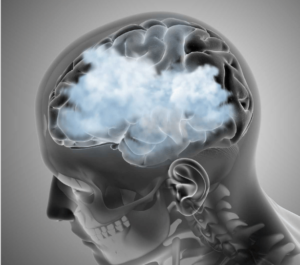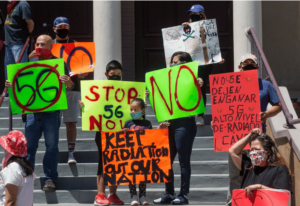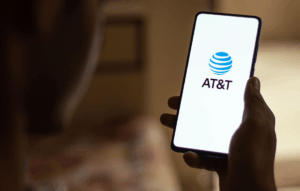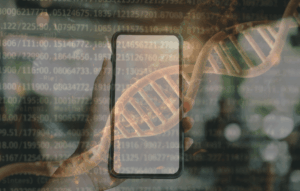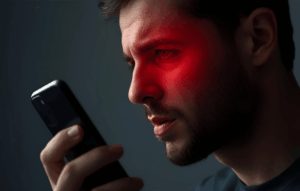For years, Robert F. Kennedy Jr. has been warning about the dangers of wireless radiation, particularly its impact on the blood-brain barrier (BBB). His concerns, often dismissed as conspiracy theories, have now been supported by new research. A 2024 study published in Medical & Biological Engineering & Computing provides evidence suggesting that exposure to radiofrequency (RF) radiation at 2100 MHz – close to WiFi frequencies – can significantly damage the BBB in animal models.
While further research is needed to determine the exact impact on humans, this study raises serious public health concerns. The implications for long-term neurological health, fertility, and even cancer risk are worth examining. In this article, we break down the study’s findings, why they add credibility to RFK Jr.’s warnings, and how men can take practical steps to minimize their exposure to WiFi radiation.
Understanding the Blood-Brain Barrier (BBB)
The blood-brain barrier is a protective shield made of tightly packed endothelial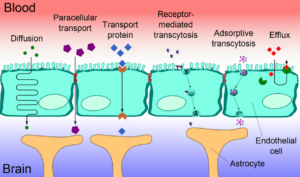 cells that line blood vessels in the brain. This barrier is crucial because it prevents toxins, pathogens, and harmful molecules from reaching sensitive neural tissue. When the BBB is intact, it ensures that only essential nutrients and oxygen can pass through while keeping out harmful substances.
cells that line blood vessels in the brain. This barrier is crucial because it prevents toxins, pathogens, and harmful molecules from reaching sensitive neural tissue. When the BBB is intact, it ensures that only essential nutrients and oxygen can pass through while keeping out harmful substances.
However, when the BBB is compromised, toxins can seep into the brain, leading to neurodegenerative diseases, cognitive decline, and even increased cancer risk. Studies have linked BBB disruption to conditions like Alzheimer’s, Parkinson’s, and chronic brain inflammation. The new research showing that RF radiation has the potential to damage the BBB is, therefore, a seriously concerning development that warrants attention and more studies – we absolutely need to figure out what’s going on here because we are pretty much constantly exposed to the same frequencies, every day, all the time.
What the New Study Suggests About WiFi Radiation
This groundbreaking study, published in 2024, investigated the effects of 1800 MHz and 2100 MHz mobile phone radiation on BBB permeability using New Zealand rabbits. The key findings of the study were:
- No significant damage was found in the 1800 MHz exposure group within the allotted time frame.
- Significant BBB damage was detected in the 2100 MHz exposure group, demonstrated by leakage of Evans blue (EB) dye into brain tissue.
These findings are worth noting because WiFi typically operates at 2.4 GHz and 5 GHz. While rabbits were the test subjects in this study, and animal results don’t always translate directly to humans, the fact that frequencies near WiFi levels caused BBB disruption is cause for concern and should encourage further study as well as caution around these things in our day-to-day.
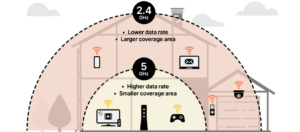
RFK Jr.’s Warnings: Dismissed But Now Supported
A History of Industry Suppression
RFK Jr. has long advocated for deeper investigations into the health effects of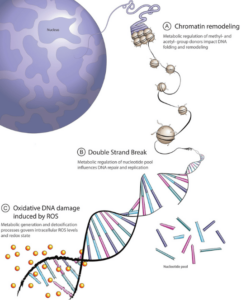 wireless radiation, warning about non-thermal biological effects that go beyond mere tissue heating. These include but are not limited to:
wireless radiation, warning about non-thermal biological effects that go beyond mere tissue heating. These include but are not limited to:
- DNA damage
- Oxidative stress
- Cellular repair disruption
- Neurological disorders
While the telecommunications industry has largely dismissed these concerns, the new study strengthens the argument that wireless radiation may have non-thermal effects on biological systems. The potential implications of this are huge and paradigm-shifting, especially if the same effects are found in humans, although this is likely a difficult or impossible study to replicate in humans.
Legal Wins Against the FCC
In 2021, RFK Jr. and the Environmental Health Trust (EHT) won a legal battle against the FCC. The U.S. Court of Appeals ruled that the FCC failed to justify its reliance on outdated 1996 safety guidelines, which ignore non-thermal effects of RF radiation. Despite this ruling, regulatory updates have been slow.
The Real Issue: Lack of Independent Research
While some studies, like the one mentioned here, suggest potential harm, the broader scientific community has not reached a definitive consensus on the health risks of WiFi radiation. Industry influence and a lack of independent, long-term studies continue to hinder progress in this area. More unbiased research is essential if we are going to get more conclusive answers.
The Possible Risks for Men’s Health
Cognitive Decline and Brain Fog
- With BBB disruption, the brain may be exposed to more toxins.

- Increased risk of neurodegenerative diseases like Alzheimer’s and dementia.
- People who frequently use wireless devices often experience high levels of brain fog and fatigue.
Fertility Issues
- Prior research suggests RF radiation lowers sperm count and motility.
- Studies link EMF exposure to declining testosterone levels.
- WiFi-enabled devices, like laptops placed on laps, may exacerbate these issues.
Increased Cancer Risk
- While more research is needed, animal studies like the National Toxicology Program (NTP) study have found evidence of cancer linked to RF radiation.
Behavioral and Mental Health Effects
- ADHD, depression, and anxiety may be linked to RF radiation exposure.
- Neurological disruptions from RF exposure could affect dopamine and serotonin production.
What Needs to Change
Update FCC Safety Regulations
- The FCC still relies on outdated guidelines that ignore non-thermal effects.

- New safety standards must address long-term exposure risks, especially for children and pregnant women.
Restart National Toxicology Program (NTP) Research
- The NTP’s cancer research into RF radiation was halted, despite evidence of harm.
- Federal agencies must expand funding for independent studies.
Recognize Industry Influence and Demand Transparency
- FCC leadership should be independent of telecom industry ties.
- Again, more peer-reviewed, independent research is needed to counteract the potential for any inherent bias due to industry/regulatory capture.
How to Protect Yourself
Reduce Direct Exposure
- Use wired internet instead of WiFi when possible.
- Avoid carrying phones in pockets and use speakerphone or wired earbuds.
- Turn off WiFi and Bluetooth when not in use.
Protect Your Sleep Environment
- Keep phones out of the bedroom and switch to an analog alarm clock.
- Use an RF-blocking router guard to reduce exposure.
- Consider EMF protection devices like Aires, which offer a proactive way to reduce the negative effects of EMF exposure.
Aires: An Extra Layer of Protection
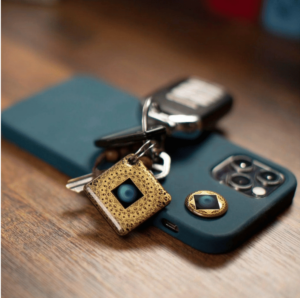
For those who want to take the best step to protect themselves from inevitable exposure to Wi-Fi radiation, Aires offers innovative solutions designed to reduce the biological impact of electromagnetic fields. Aires devices use advanced EMF modulation technology to neutralize the harmful effects of electromagnetic radiation.
Many users who keep Aires devices on them and around their work, home, etc, are reporting reduced symptoms of brain fog, fatigue, and stress, which can be life-changing for those who are more sensitive to these frequencies, or just under a high load of stress in the first place. Aires’ products can be an easy addition to these other lifestyle adjustments for those seeking greater peace of mind.
Advocate for Safer Tech Policies
- Demand wired internet in schools and WiFi-free zones in public spaces.
- Support leaders like RFK Jr. who challenge corporate-controlled safety standards.
- Spread awareness about RF radiation risks.
Conclusion: A Call for Caution and Further Research
While the 2024 study is not definitive proof of human harm, it adds to the growing body of research suggesting that WiFi radiation may pose legitimate health risks. Taking a precautionary approach by reducing exposure and supporting further research is a practical and responsible choice.
It is often better to act with caution than to wait for undeniable evidence, which may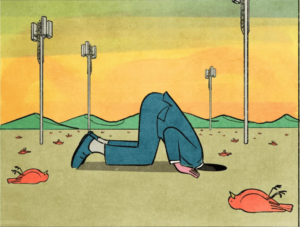 come too late. The telecommunications industry has a responsibility to prioritize public health, and regulatory agencies should ensure that safety standards reflect the latest science.
come too late. The telecommunications industry has a responsibility to prioritize public health, and regulatory agencies should ensure that safety standards reflect the latest science.
Until clearer conclusions are reached, making use of technologies like Aires and other protective measures can offer peace of mind. By staying informed and advocating for more independent research, we can take charge of our health in the face of uncertainty.
It’s no longer a matter of whether WiFi radiation could be harmful – it’s about ensuring we don’t find out too late.


